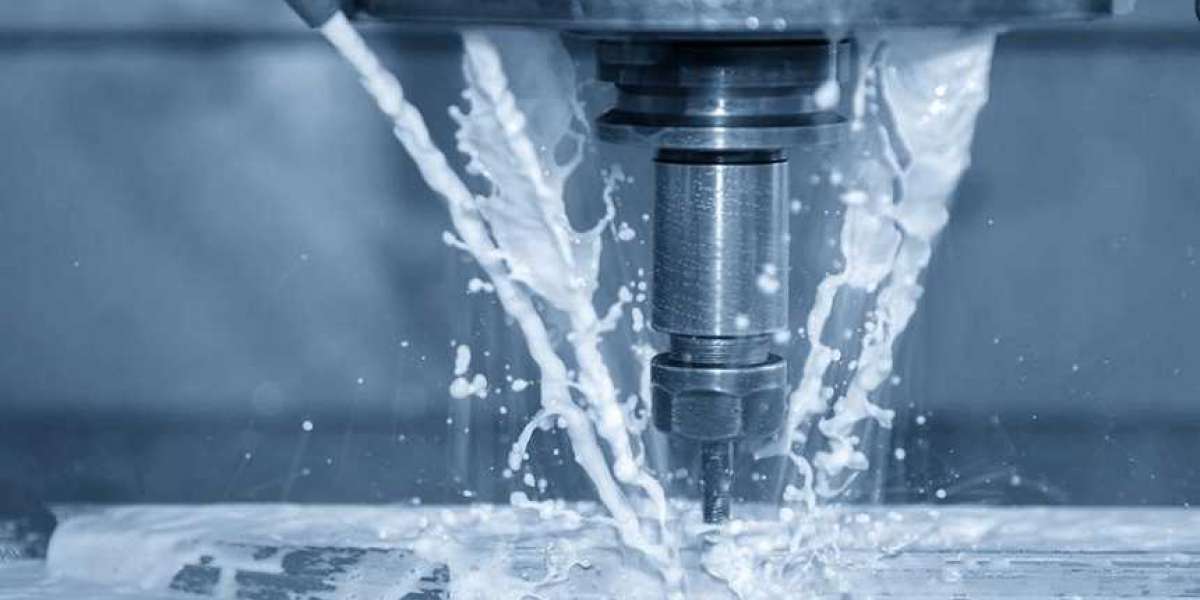Tips for Setting Up a CNC Milling Machine
Now for the machine setup; though each CNC Milling machine setup technique is slightly different, below are the general processes that CNC machinists use on a regular basis for a 3 axis vertical CNC Milling machine.
Clean all surfaces with a cloth, including the table, vise jaws, and the part (work piece), to ensure that no oil drips or material chips remain.
Load Tool: To finish the portion, you'll need a load tool (including edge finder, vise leveling at 0 degree).
Load the part (work piece) into the vise or use your machine's holding mechanisms to hold the part (work piece).
Offsetting the X and Y axes: Adjust the offset of the portion (work component). You can either use an edge finder or your End Mill Cutter to accomplish this (if you are using end mill cutter for tool offset, then read Tool Offset Article). To begin, set the X-axis to zero offset. Using the edge finder, locate the X0 location. Add the machine absolute X value to the value currently in the zero offset page's registry on the zero offset page. Carry on with the Y axis in the same way.
Z axis Offsetting: After the X and Y axes have been offset, load the first tool into the spindle and set the tool length offset for each tool. Move the Z axis down manually until the tool's tip is close to Z0. Take a piece of 1.00 mm shim stock and place it between the part (work piece) and the tool's tip (always use any fixed size of shim such as 1 mm, 2 mm, or 5 mm). Reduce the Z axis by 0.001 mm at a time until the shim stock can be drawn with a slight drag. Enter the machine's absolute Z value + -1.00 mm in the tools registry by going to your tool length offset page. Extend the technique to include additional tools. Note that -1.00 mm is added to account for the thickness of the shim stock.
Cutter Radius Compensation: On the tool length offset page, enter the diameter of each tool. When you're utilizing Cutter Radius Compensation in your software, this will come in handy.
Adjust coolant or cutting oil lines because coolant can properly cool tools and wash chips away, and most importantly, coolant can extend cutter life.
Start the cycle by setting the machine to low feed, activating single block, and then pressing the cycle start button. Read every block that has been coded and watch every movement that the machine makes. Be prepared to halt the machine if there are any programming problems. (You may also run the software 10 mm or whatever distance above the part (work piece) to ensure that everything is in working order, and then utilize Dry Run if necessary.)








